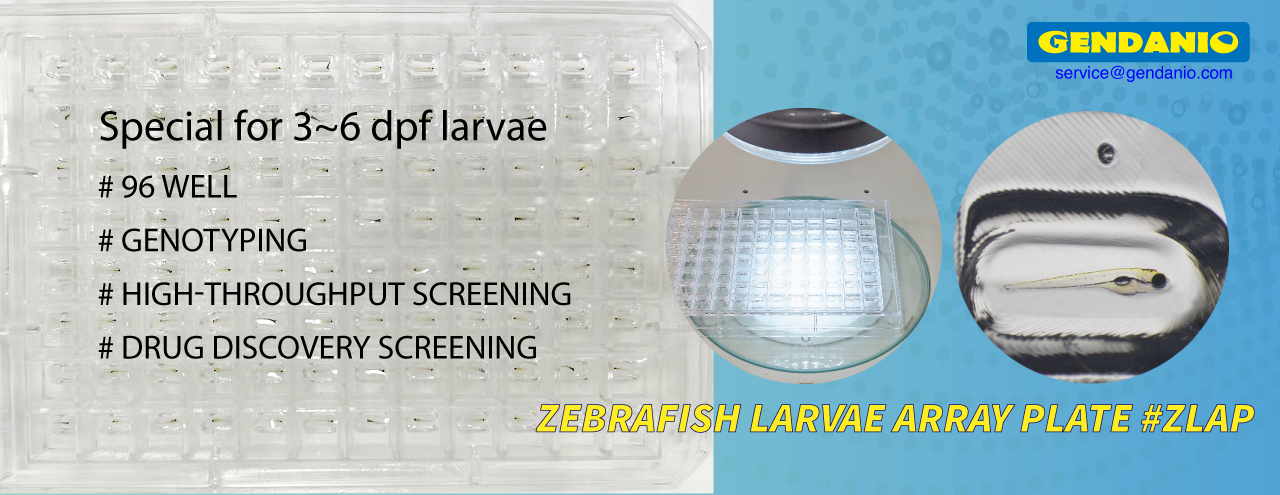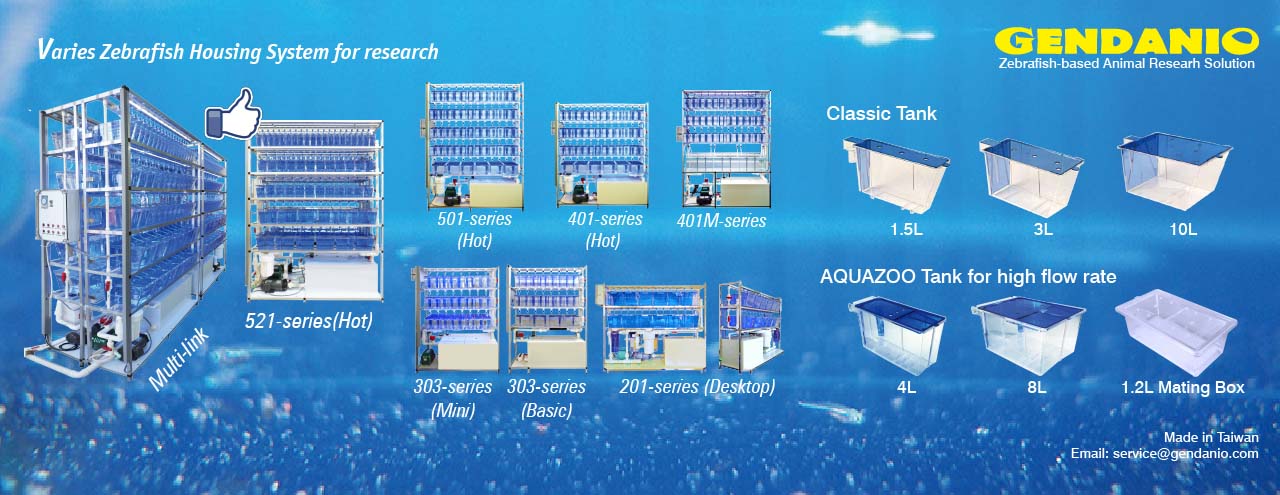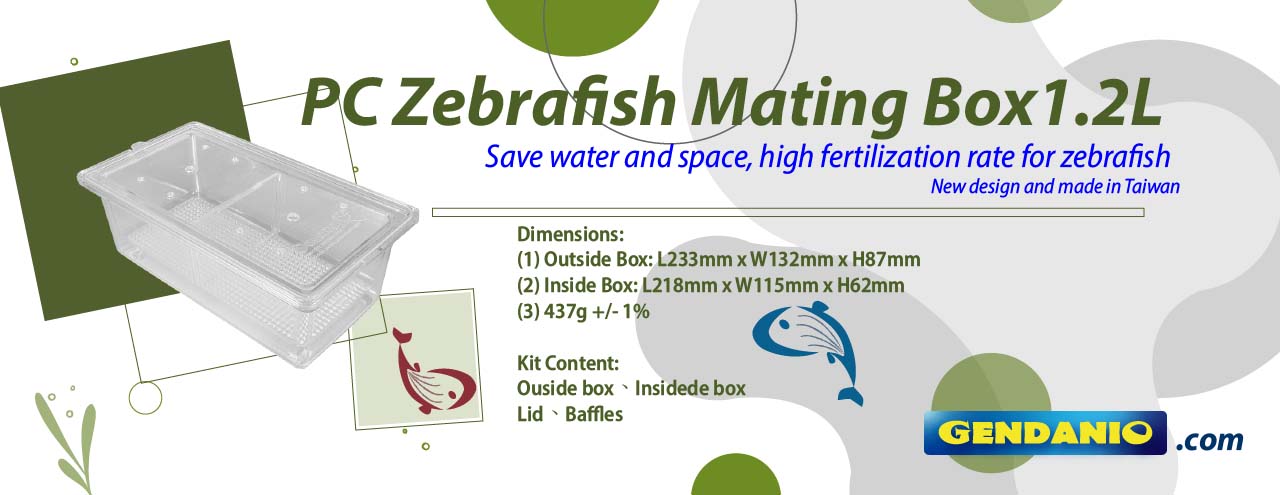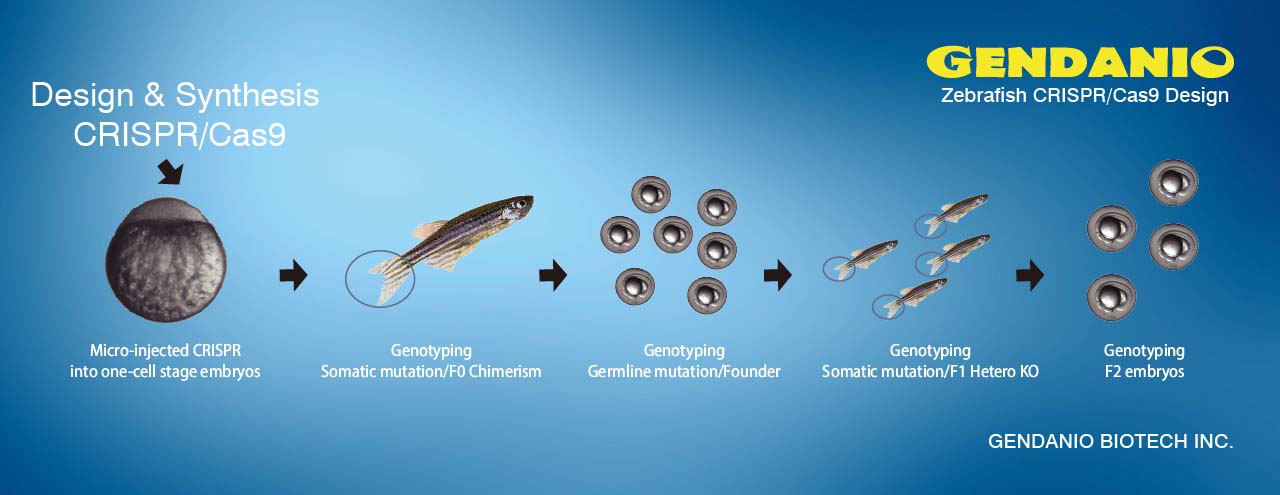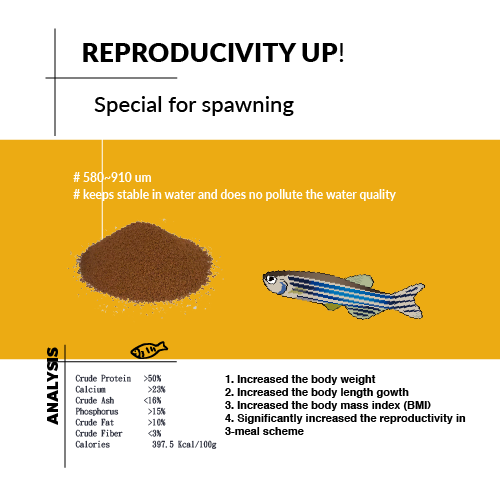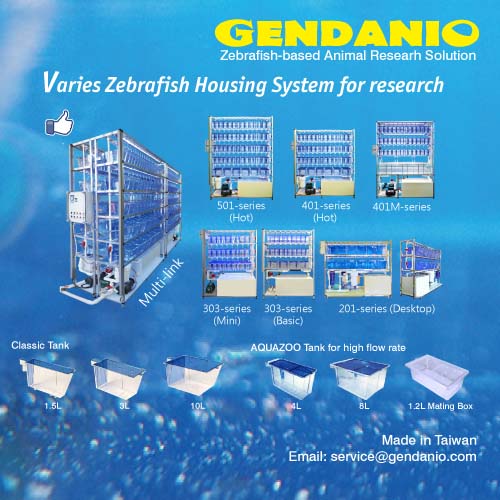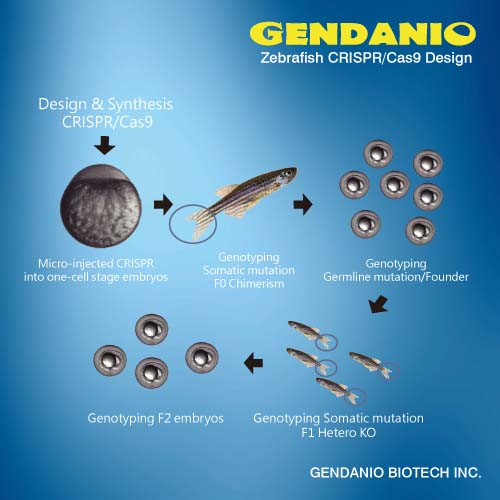Dev Cell. 2011 Oct 18;21(4):735-45.
Dual roles for rac2 in neutrophil motility and active retention in zebrafish hematopoietic tissue.
Deng Q, Yoo SK, Cavnar PJ, Green JM, Huttenlocher A.
Abstract
Neutrophil homeostasis is essential for host defense. Here we identify dual roles for Rac2 during neutrophil homeostasis using a zebrafish model of primary immune deficiency induced by the human inhibitory Rac2D57N mutation in neutrophils. Noninvasive live imaging of Rac2 morphants or Rac2D57N zebrafish larvae demonstrates an essential role for Rac2 in regulating 3D motility and the polarization of F-actin dynamics and PI(3)K signaling in vivo. Tracking of photolabeled Rac2-deficient neutrophils from hematopoietic tissue also shows increased mobilization into the circulation, indicating that neutrophil mobilization does not require traditionally defined cell motility. Moreover, excessive neutrophil retention in hematopoietic tissue resulting from a constitutively active CXCR4 mutation in zebrafish warts, hypogammaglobulinemia, infections, and myelokathexis (WHIM) syndrome is partially rescued by the inhibitory Rac2 mutation. These findings reveal that Rac2 signaling is necessary for both neutrophil 3D motility and CXCR4-mediated neutrophil retention in hematopoietic tissue, thereby limiting neutrophil mobilization, a critical first step in the innate immune response.
PMID: 22014524 [PubMed - in process] PMCID: PMC3199325 [Available on 2012/10/18]
Source: NCBI

